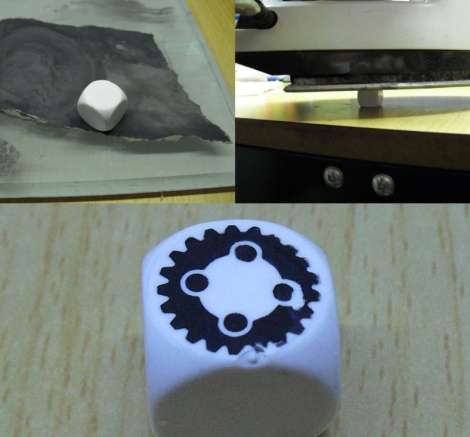Made by Boston Dynamics under contract from Sandia Labs, this “hopper” is quite incredible as you can see in the video after the break. Boston Dynamics is no stranger to great robotics designs, including the well known “Big Dog” four-legged robot. This robot, although possibly less advanced, has a very unique trick up it’s sleve.
This robot’s distinguishing feature is that it can navigate autonomously not only with wheels, but also with a powerful single leg that allows it to jump over obstacles of up to 25 feet. Although envisioned to “deliver a payload” in an urban environment, one could imagine a terrifying horde of these ‘bots jumping into action armed with bombs or other weapons.
According to Sandia’s website is that this form of locomotion has been “shown to be five times more efficient than hovering” when trying to get around obstacles under 10 meters. Technical challenges that have been overcome include managing the shock of landing and producing a leg powerful enough to jump to this height. Continue reading “Sandia Labs “Hopper” Robot”












